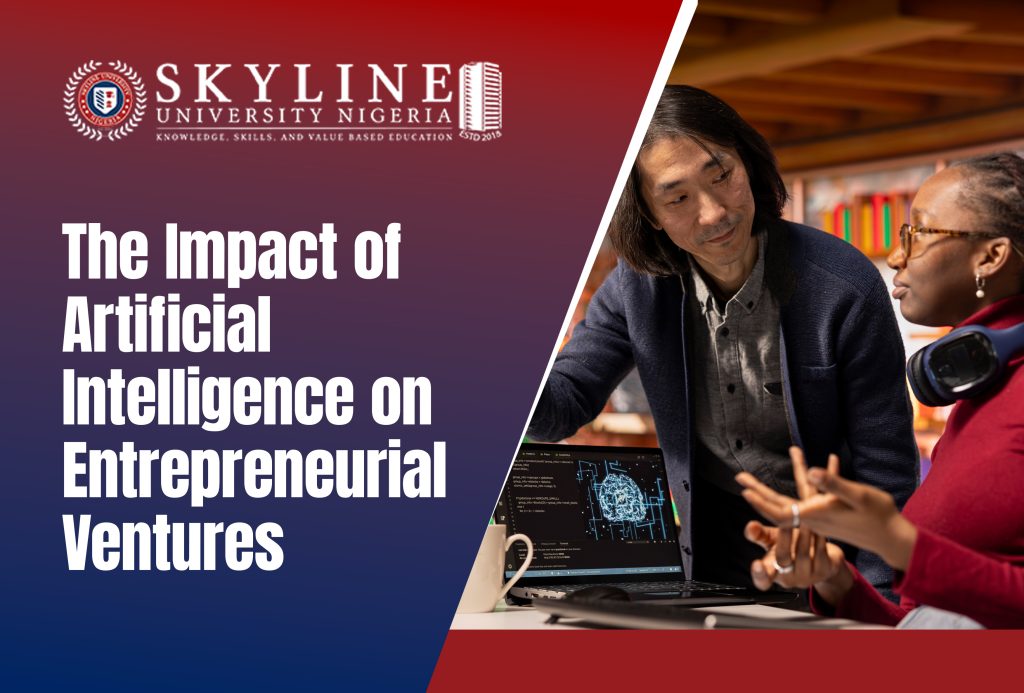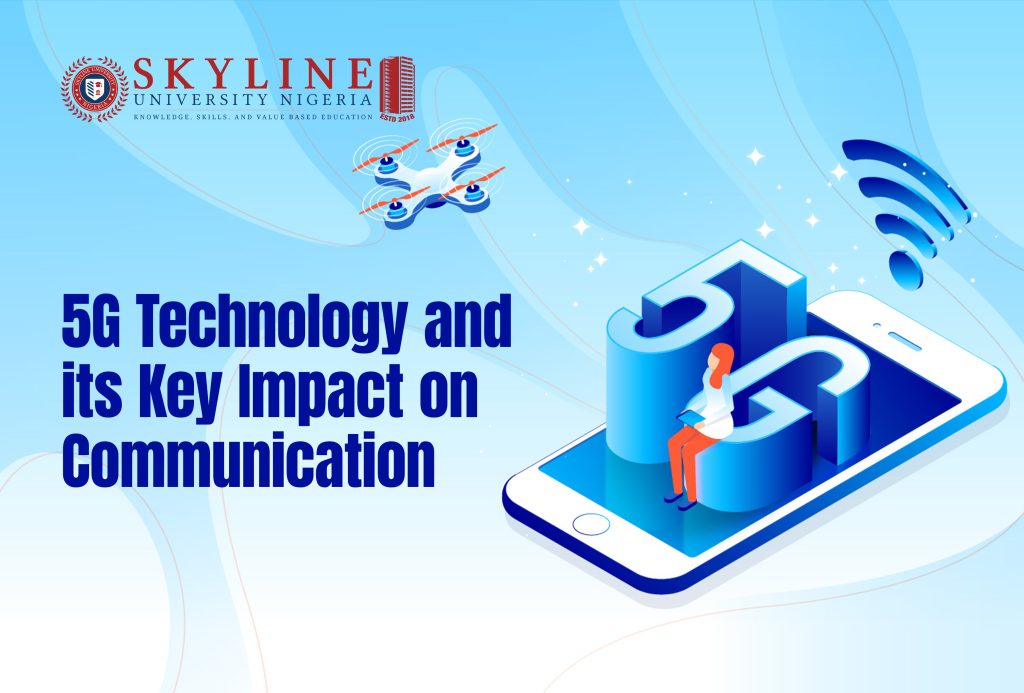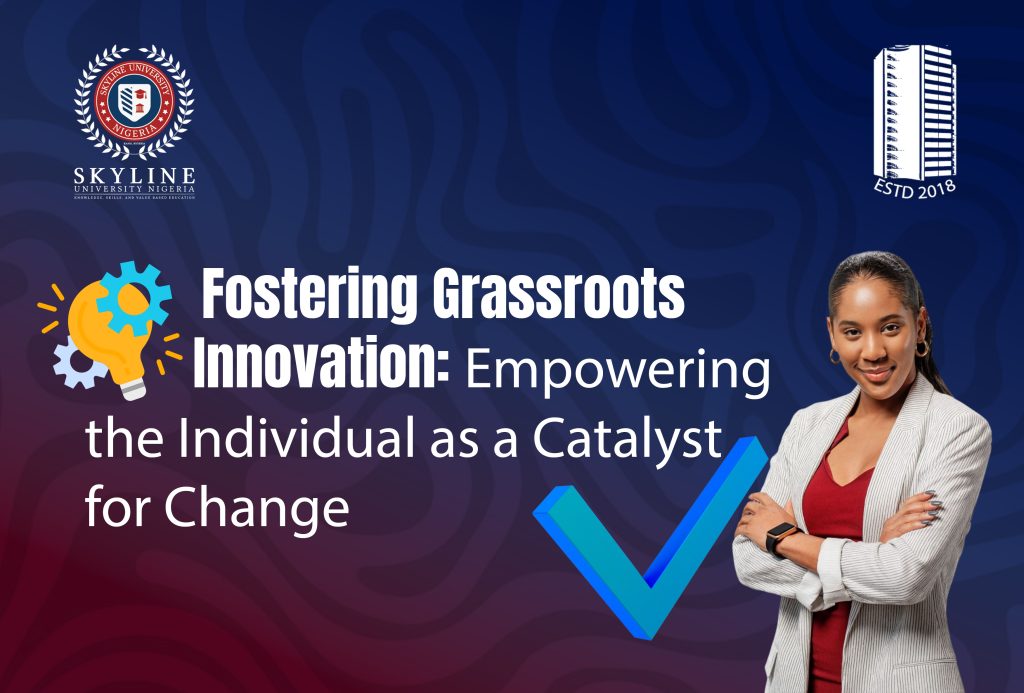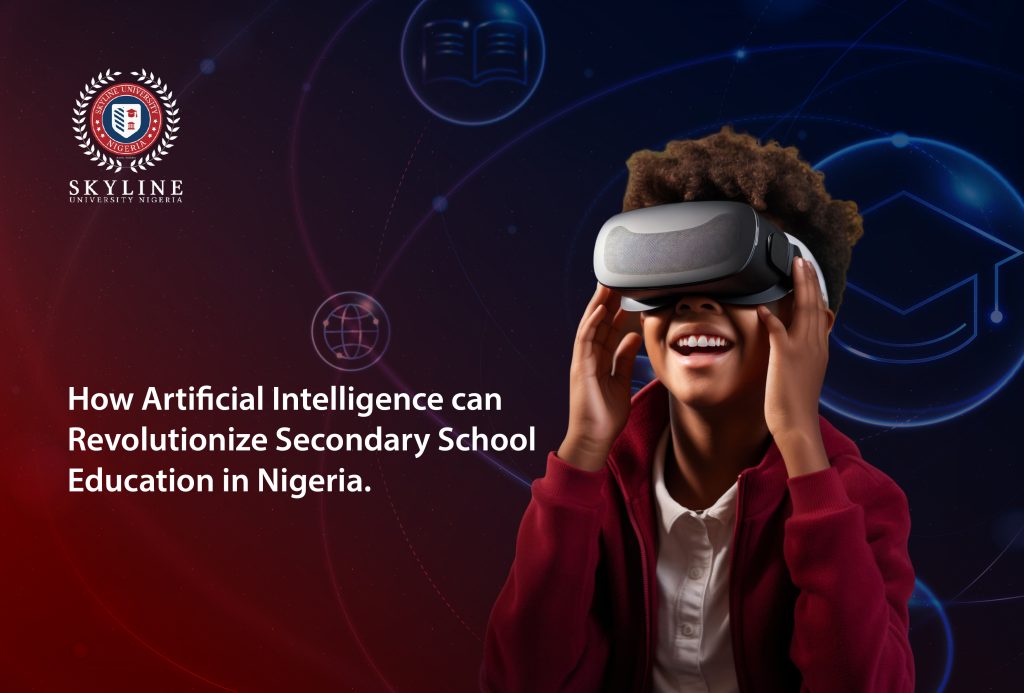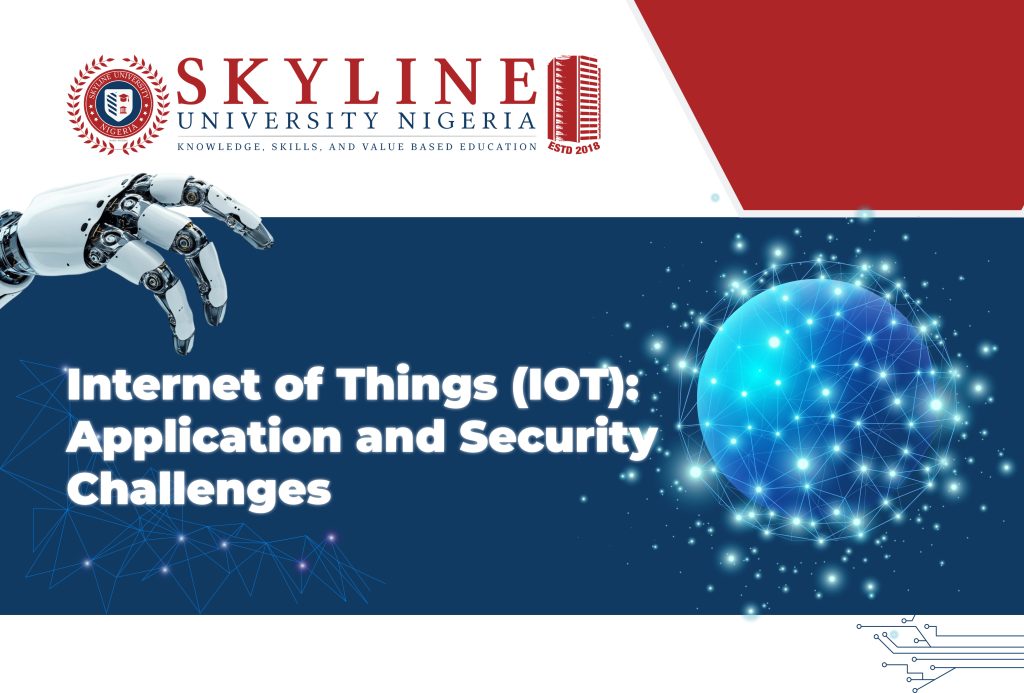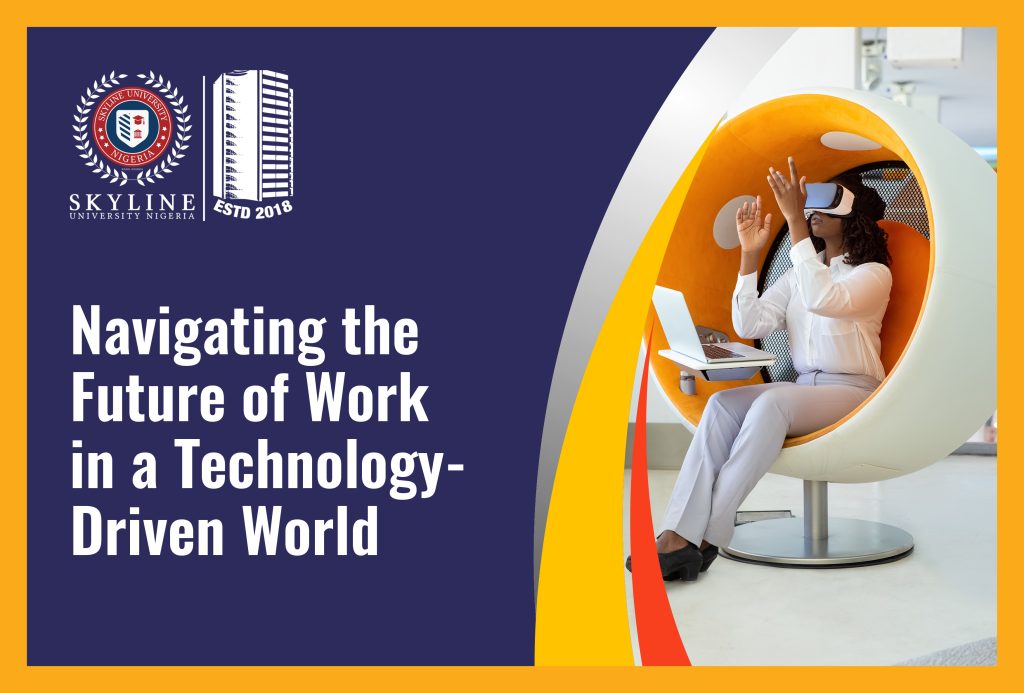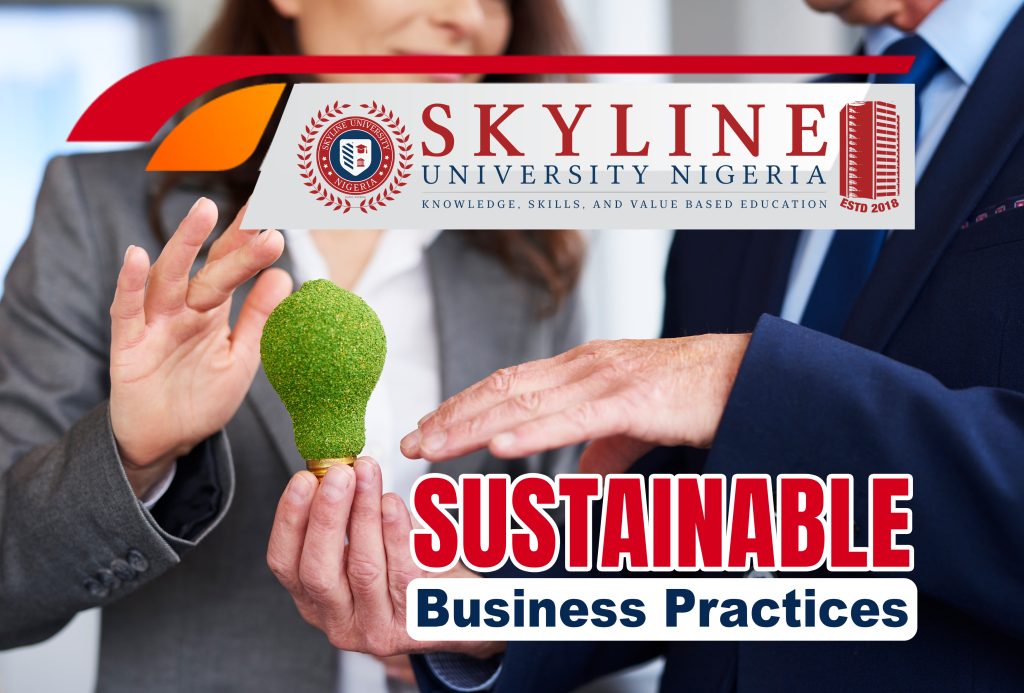The Impact of Artificial Intelligence on Entrepreneurial Ventures
Introduction Artificial intelligence (AI) is deeply revolutionizing entrepreneurial enterprise, reconfiguring the ways in which startups and existing businesses create value, innovate, and compete in the era of digitalization. This article investigates the complex influence of AI on entrepreneurship, identifying opportunities and challenges that characterize this evolving scene. AI as an Entrepreneurial Innovation and Efficiency Catalyst AI technologies have introduced a paradigm shift in entrepreneurship by automating routine tasks, enhancing decision-making, and enabling the creation of novel products and services. Entrepreneurs leverage AI-driven tools to streamline operations, reduce costs, and improve productivity. For instance, AI-powered automation allows startups to handle customer interactions through chatbots, manage marketing campaigns with precision, and analyze big data for strategic insights without heavy upfront investments in infrastructure. This automation not only decreases entry barriers but also makes scaling easier. Startups can develop quickly by implementing AI solutions that can handle growing volumes of work in an efficient manner such as virtual assistants and predictive analytics platforms. Such a solution enables entrepreneurs to manage their resources much more optimally and hence react to market needs much faster, this means a competitive advantage. Boosting Creativity and Strategic Decision-Making Unlike fears of stifling human creativity, most experts maintain that AI enhances entrepreneurial creativity by alleviating entrepreneurs from mundane tasks and offering data-driven insights that spark innovation. AI allows entrepreneurs to reveal latent patterns within customer behavior, to customize products and services, and to create customized solutions that address distinct market demands. This enhancement creates a more customer-focused strategy and unlocks new channels for creative problem-solving. In addition, AI reduces uncertainty in strategic decisions. Its forecasting nature helps entrepreneurs judge risk and opportunities better, and hence more informed decisions in creating and growing ventures. This is especially useful where markets are dynamic, and responses need to happen on the spur of the moment. Job Transformation and New Entrepreneurial Roles While AI may displace some jobs, it simultaneously creates new roles and opportunities within the entrepreneurial ecosystem. Emerging fields such as AI validation, integration consulting, and AI-driven service provision are expanding the scope of entrepreneurship. Micro-entrepreneurs increasingly use AI tools to assist with grant applications, advertising, and social media management, thereby enhancing their operational efficiency and market reach. Furthermore, AI-driven fintech services reduce financing costs and democratize access to capital, empowering more entrepreneurs to launch ventures with fewer financial constraints. This democratization of resources fosters inclusivity and broadens participation in entrepreneurial activities. Ethical and Regulatory Considerations The rapid spread of AI in entrepreneurship propels important ethical questions and some challenges in regulation. Issues like data privacy, algorithmic bias, and job displacement call for strict considerations when deploying responsible AI use. Policy-makers, especially in regions such as the European Union, are leading the efforts in regulation that balance innovation with protection of individual rights and equitable economic benefits. Entrepreneurs must navigate these complexities by integrating ethical considerations into their AI strategies and maintaining transparency with stakeholders. Sustainable AI implementation is essential to build trust and foster long-term success in entrepreneurial ventures. Impact on Entrepreneurial Ecosystems AI also reshapes entrepreneurial ecosystems by altering traditional elements such as knowledge sharing, collaboration, and geographic constraints. Digital platforms powered by AI facilitate the diffusion of innovation and create new networks that transcend physical boundaries. This evolution enhances the dynamism and resilience of entrepreneurial communities, enabling faster knowledge exchange and co-creation of value. Conclusion The impact of artificial intelligence on entrepreneurial ventures is profound and multifaceted. AI drives innovation, improves operational efficiency, and lowers barriers to entry, enabling entrepreneurs to scale rapidly and compete effectively. It enhances creativity and strategic decision-making while creating new job opportunities and transforming existing roles. However, these benefits come with challenges related to ethics, regulation, and workforce displacement that require thoughtful management. Entrepreneurs who successfully harness AI’s potential while addressing its risks will be well-positioned to thrive in the rapidly evolving business landscape of the Fourth Industrial Revolution. AI is not just a tool but a transformative force that redefines entrepreneurship for the digital era. References Evidence2Impact, “Impact of Artificial Intelligence (AI) on Entrepreneurship,” March 28, 2024. Mostafa Shahat, “The impact of Artificial Intelligence (AI) on Entrepreneurship Creativity,” June 25, 2023. R. Vaishnavi, “Impact Of Artificial Intelligence On New Venture Creation And Business Innovation,” IJCRT, July 2023. Frank Fossen, “Artificial Intelligence and Entrepreneurship,” IZA Discussion Paper No. 17055, June 2024. SSRN, “The Impact of AI on Entrepreneurship in the Era of the Fourth Industrial Revolution,” August 26, 2023. You can join the conversation on Facebook @SkylineUniversityNG and on Twitter @SkylineUNigeria
The Impact of Artificial Intelligence on Entrepreneurial Ventures Read More »

